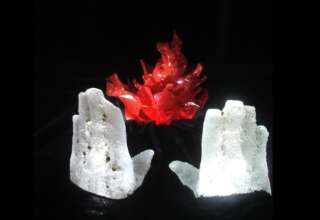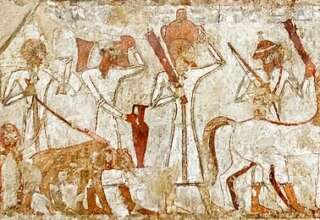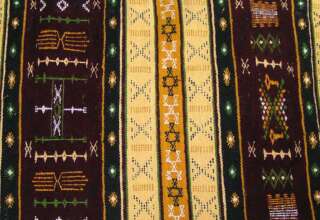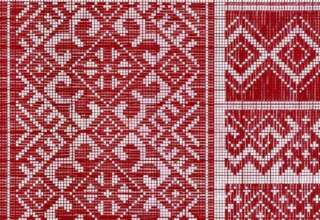
The Kingdom of New Spain was created from the remnants of the Aztec empire. The two pillars of Spanish rule were the State and the Roman Catholic Church, both under the authority of the Spanish crown. In 1493 the pope granted sweeping powers to the Spanish monarchy for its overseas empire, with the proviso that the crown spread Christianity in its new realms. In 1535, the crown created the Viceroyalty of New Spain. The viceroy was the highest official of the State. The Catholic faith was the only one permitted, with non-Catholics and Catholics (excluding Indians) holding unorthodox views being subject to the Mexican Inquisition, established in 1571.
Spanish military forces, sometimes accompanied by native allies, led expeditions to conquer territory or quell rebellions through the colonial era. Of greater concern to the crown was the issue of foreign invasion, especially after Britain seized in 1762 the Spanish ports of Havana and Manila in the Seven Years’ War. It created a standing military, increased coastal fortifications, and expanded the northern presidios and missions into Alta California. The volatility of the urban poor in Mexico City was evident in the 1692 riot in the Zócalo. The riot over the price of maize escalated to a full-scale attack on the seats of power, with the viceregal palace and the archbishop’s residence attacked by the mob.
After the forced abdication of the monarch, Central America and Chiapas left the union to form the Federal Republic of Central America. In 1824, the First Mexican Republic was established. Former insurgent General Guadalupe Victoria became the first president of the republic — the first of many army generals to hold the presidency. Mexico’s ability to maintain its independence and establish a viable government was in question. Spain attempted to reconquer its former colony during the 1820s but eventually recognized its independence. France attempted to recoup losses it claimed for its citizens during Mexico’s unrest and blockaded the Gulf Coast during the so-called Pastry War of 1838–1839. General Antonio López de Santa Anna emerged as a national hero because of his role in both these conflicts; Santa Anna came to dominate the politics for the next 25 years, often known as the “Age of Santa Anna”, until his overthrow in 1855.





